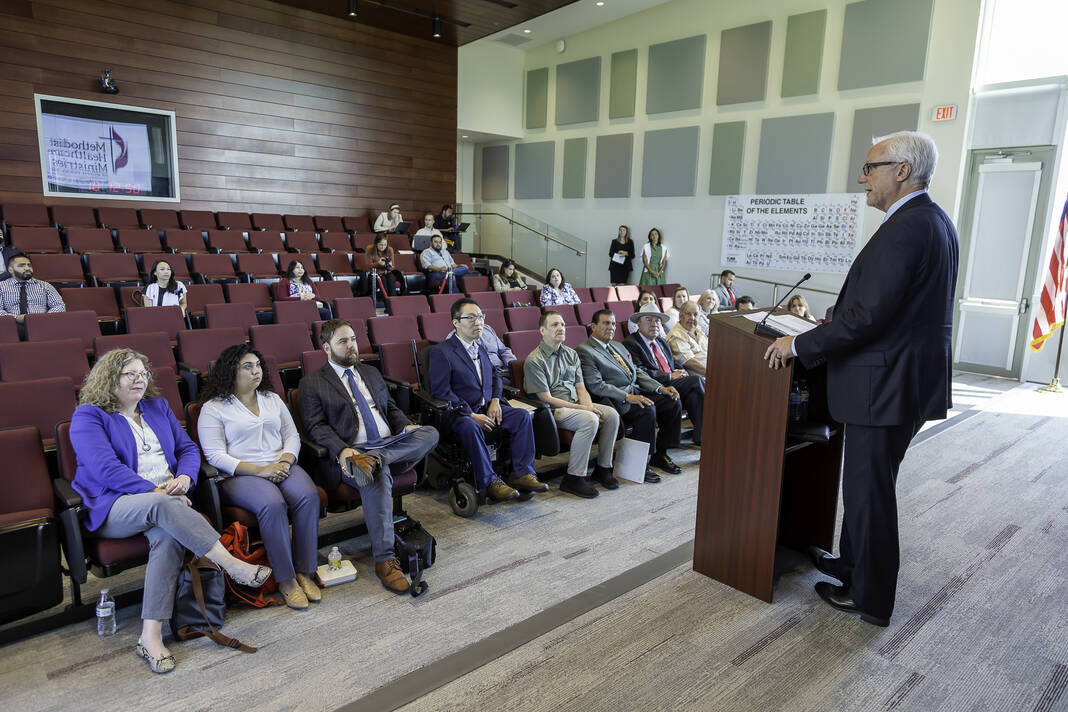
An announced review of conditions in Rio Grande Valley colonias is welcome news. We hope it leads to investment in improvements that can benefit the entire region.
Methodist Healthcare Ministries and the Texas A&M University School of Public Health announced last week that they are conducting a two-year study to determine the levels of arsenic and other toxic contaminants in drinking water in Valley colonias. A second study of how public knowledge affects resident activism and elected officials’ response to water safety and security, particularly in eastern Hidalgo County.
According to studies by the Federal Reserve Bank of Dallas, the Valley has more than 900 distinct colonias, which are housing developments that lack at least some of the basic necessities of safe and sanitary housing, water and sewage systems and paved roads. Many of these developments are in areas that can’t be developed because they are in remote or flood-prone areas, but were sold by unscrupulous developers who took advantage of residents’ desire for affordable housing.
The fate of colonias and their residents won’t go away if it’s ignored — the problems likely will get worse if they’re not addressed.
Tens of thousands of people live in such conditions, often within just a few miles of our own city limits — in some cases within those boundaries, as is the case in Cameron Park, a doughnut-hole colonia in the middle of Brownsville.
Many colonias’ proximity, and their population, makes safe drinking water and other conditions matters that can affect public health well beyond the boundaries of those developments.
It’s important to remember that colonias usually aren’t isolated from other Valley neighborhoods. Nor are they squatters’ colonies filled with illegal immigrants, as some politicians have suggested. Federal Reserve reports show that more than 64% of all colonia residents, and 85% of those under 18 years of age, are native-born U.S. citizens.
Colonia residents are just like everyone else, and have no special identifying characteristics. They are our coworkers and classmates; they shop at the same stores and stand next to us at the checkout and restaurant service line. And when unsanitary conditions foster intestinal bugs and other illnesses, everyone who comes near them could be at risk.
It is in the public’s general interest, therefore, to determine how many colonia residents live with poor water quality and other health conditions. Methodist Healthcare and Texas A&M officials said the objective of their studies is to measure residents’ exposure to unhealthy conditions and help develop solutions such as improving the water sources and delivery systems for those neighborhoods.
We trust the elected officials across the Valley, and our representatives in the state legislature and Congress, take interest in the study, and study the data in order to determine and advocate for steps that could be taken to improve conditions in these and other substandard housing developments, perhaps even to the point of enabling them to escape the designation as colonias.
Those conditions affect everyone in the Valley, and we all should be interested in improving them.



